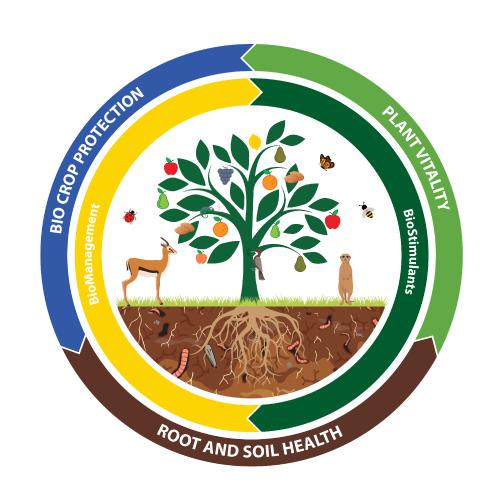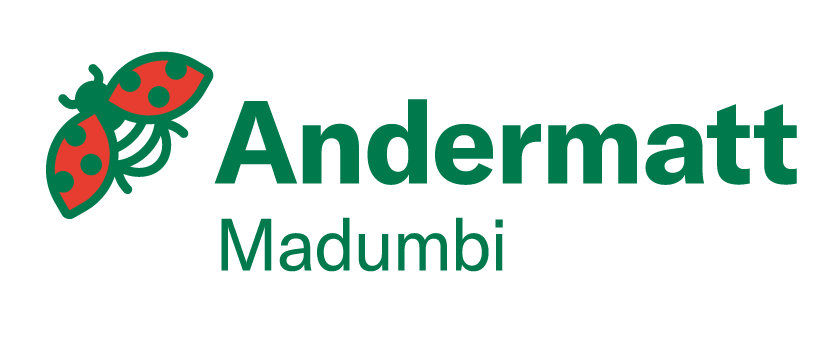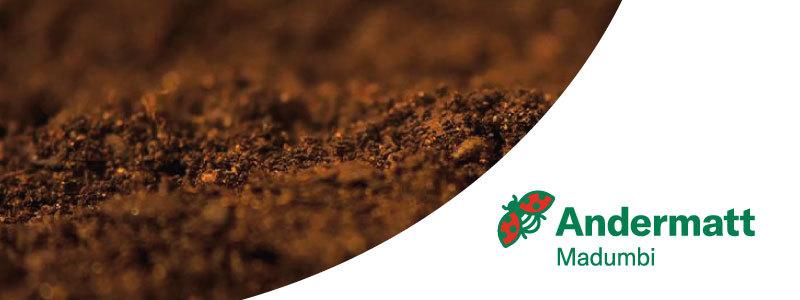
HEALTHY YIELDS START WITH HEALTHY SOIL & ROOTS
The goal of every farmer (regardless of crop), is to grow healthy plants capable of producing the best possible yield/harvest.
During the 2020 BioSolutions Africa-Virtual conference, Rod Bell, CEO of CropLife South Africa re-iterated that ‘Healthy crops have higher yield potentials and are better equipped to withstand the effects of stress and pests than a weak crop’.
Pest damage can be devastating. As a result, growers develop and constantly enhance, improve and refine their individual IPM programs to minimize pest damage. With significant advancements and developments in the pest control industry, it is important to remember that ‘Pest management is only one aspect of overall crop production. More significantly, pest management does not affect the plants potential, it can only protect what the crop produces’ – Rod Bell.
At Andermatt Madumbi, we believe a mindshift change in IPM programs is needed, if a farmer’s goal is to maximise his crops potential. Rather than focusing on the above-ground plant and pest control, growers should prioritise and understand the below-ground environment, to ensure root and plant health are maximised. In terms of the 80:20 principle, 80% of ‘farming’ takes place underground.
“The world as we have created it, is a process of our thinking. It cannot be changed without changing our thinking.”- Albert Einstein
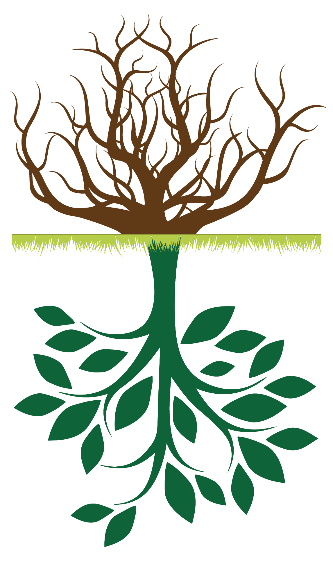
Soil Health in the spotlight
But how many farmers are actively ‘working with their soils’ to maximise the potential of crop yields?
Beneath the surface of the soil is a natural work force and ecosystem commonly referred to as the ‘Soil Food Web’. This web works symbiotically with roots, actively locating plant nutrients. Through each of these life cycles, soil nutrients are consumed, excreted and released in different forms, resulting in nutrients being more available to roots and plants; and less likely to be leached.
A healthy, living soil has the ability to assist farmers mitigate on-farm challenges such as:
- Soil compaction
- Anaerobic soil conditions
- pH – above or below the optimal range
- Low organic matter / carbon
- Poor nutrient retention and availability; leaching soils
- Soil erosion
- Biotic and abiotic stress
- Lack of biodiversity
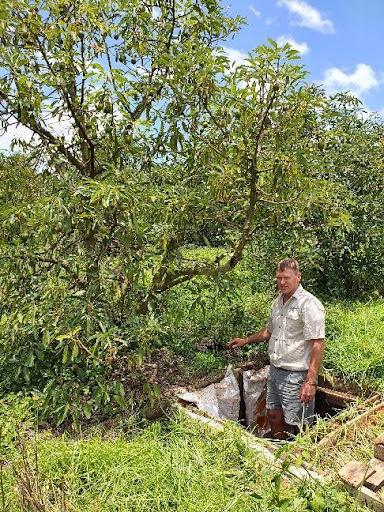
Fig 1.
Mark Hutton in one of two soil pits dug at different locations at Everdon Estate, KZN.
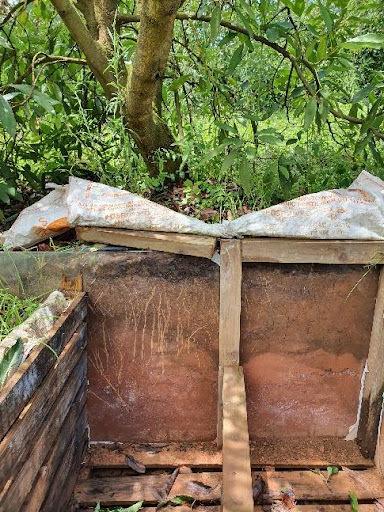
Fig 2.
The soil pit provides a ‘window’ to view the activity taking place below ground.
Andermatt Madumbi’s Soil and Root Health Program
Early work on ‘Root Health’ focused on annual crops where results were easy to measure and observe over a short period of time. More recently these principles have been expanded to orchard crops with significant success.
In orchards, treatments should ideally start in the nursery and continue into the field with repeat applications annually throughout the life of the orchard.
The primary aim is to reduce the incidence of soil pathogens, stimulate root growth, increase nutrient holding capacity, nutrient uptake and move soil from an anaerobic to aerobic state, where needed. Andermatt Madumbi’s standard program involves the application of beneficial fungi, Trichoderma spp. at planting, followed by beneficial bacteria, Bacillus amyloliquefaciens. Repeated top up applications are recommended with subsequent root flushes, tailored according to requirements of the crop. In addition, micronutrients and Potassium Silicate are included in the program to support plant nutrition.
When implementing the Root Health program on an existing orchard with high levels of pathogen pressure (e.g. Phytophthora), it may be necessary to first apply a curative treatment as the above products are primarily preventative in nature and cannot cure systemic infections already inside the root or stem.

Fig 3
Photos taken of the same avocado tree, in Wartburg, KZN, 2 months apart during the summer of 2019/2020. This tree represents the most severely affected and diseased tree in a Phytophthora infested orchard.
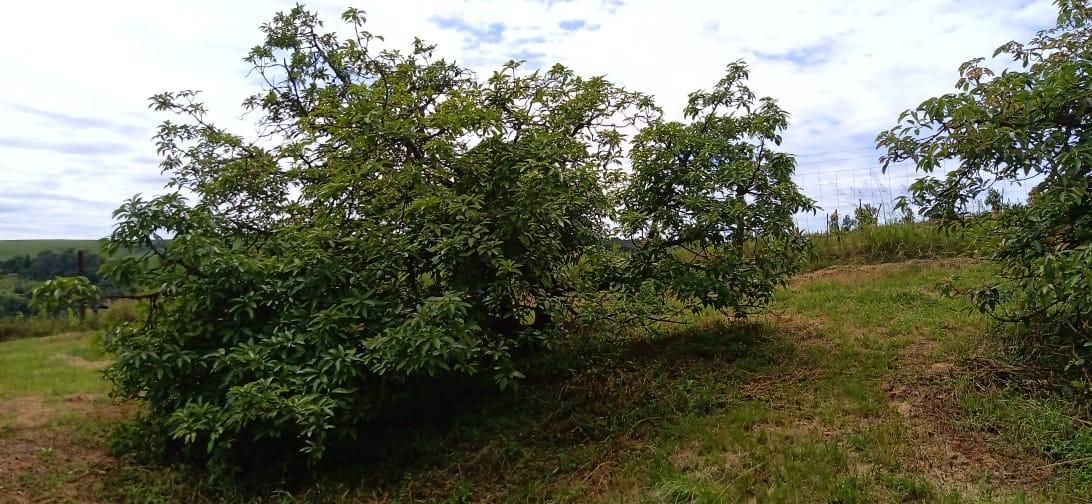
Fig 4.
An annual treatment with systemic chemistry was applied to control the disease within the tree. This treatment was followed with the Madumbi Root Health program, to build, support and enhance the root system better equipping it to withstand and fight future infection.
In conclusion; an integrated approach to soil and root health has resulted in significant successes and contributions towards raising crop potential, improving yields and ensuring healthier food for all.
At Andermatt Madumbi, we believe in adopting a holistic approach to agriculture, providing integrated solutions from farm to fork to family.
